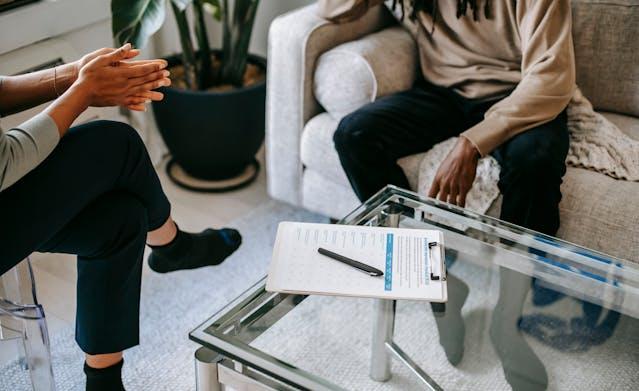The Habit Loop
At the core of understanding habits lies the Habit Loop, a concept popularized by Charles Duhigg in his book "The Power of Habit." The Habit Loop consists of three key components: the cue, the routine, and the reward. A cue is like a signal that starts a habit, the routine is what you do as part of the habit, and the reward is like a prize that makes you want to do it again. This makes a loop, and the more you do it, the more it becomes a normal thing for you. It's like when you hear a bell (cue), you eat lunch (routine), and it tastes good (reward), so you want to do it every day. This loop helps habits stick around.For example, consider the habit of checking your phone when it buzzes (cue). The routine involves looking at the notification or responding to a message, and the reward is the satisfaction of staying connected or receiving information. This loop repeats, solidifying the habit over time.
Neuroplasticity and Habit Formation
Neuroplasticity is like the brain's ability to rearrange itself. This is super important when it comes to making habits. Imagine a habit as a little routine – like a cue, what you do, and a reward you get. When you do this routine over and over, it builds pathways in your brain. These pathways connect the cue, routine, and reward, making the habit more and more automatic.Now, to use neuroplasticity to get better at stuff, you need to be purposeful about creating good habits. Do things you want to do regularly and positively reward yourself. By doing this over and over, you're telling your brain, "Hey, this is important!" The more you do it, the stronger those pathways become. Eventually, good habits become second nature, making them a big part of how you act every day. Cool, right?
Keystone Habits
Not all habits are created equal; some have a more profound impact on our lives than others. Charles Duhigg introduces the concept of "keystone habits" — small changes or routines that unintentionally lead to the development of multiple positive habits. For instance, adopting a regular exercise routine may not only improve physical health but can also positively influence dietary choices, sleep patterns, and overall well-being.Identifying and cultivating keystone habits can be a strategic approach to personal growth. By focusing on a single habit that triggers a cascade of positive changes, individuals can streamline their efforts and make the process of transformation more manageable.
Behavioral Triggers and Environmental Design
Behavioral triggers, both external and internal, play a crucial role in habit formation. External triggers, such as time of day, location, or social cues, can prompt specific habits. Internal triggers, on the other hand, are often emotional or mental states that lead to habitual behavior.Understanding these triggers allows individuals to proactively design their environments for success. By modifying cues and manipulating their surroundings, individuals can create an environment that supports positive habits and minimizes the influence of triggers that lead to undesirable behaviors.
Mindfulness and Breaking Bad Habits
Breaking bad habits requires a combination of self-awareness and intentional effort. Mindfulness, the practice of being present and aware in the current moment, can be a powerful tool in this process. By becoming mindful of the cues, routines, and rewards associated with a habit, individuals gain the awareness needed to interrupt the habit loop.Replacing a bad habit with a healthier alternative is another effective strategy. For example, substituting the routine of reaching for a sugary snack when stressed with a brief walk or deep-breathing exercise can disrupt the existing habit loop and foster a positive change.









